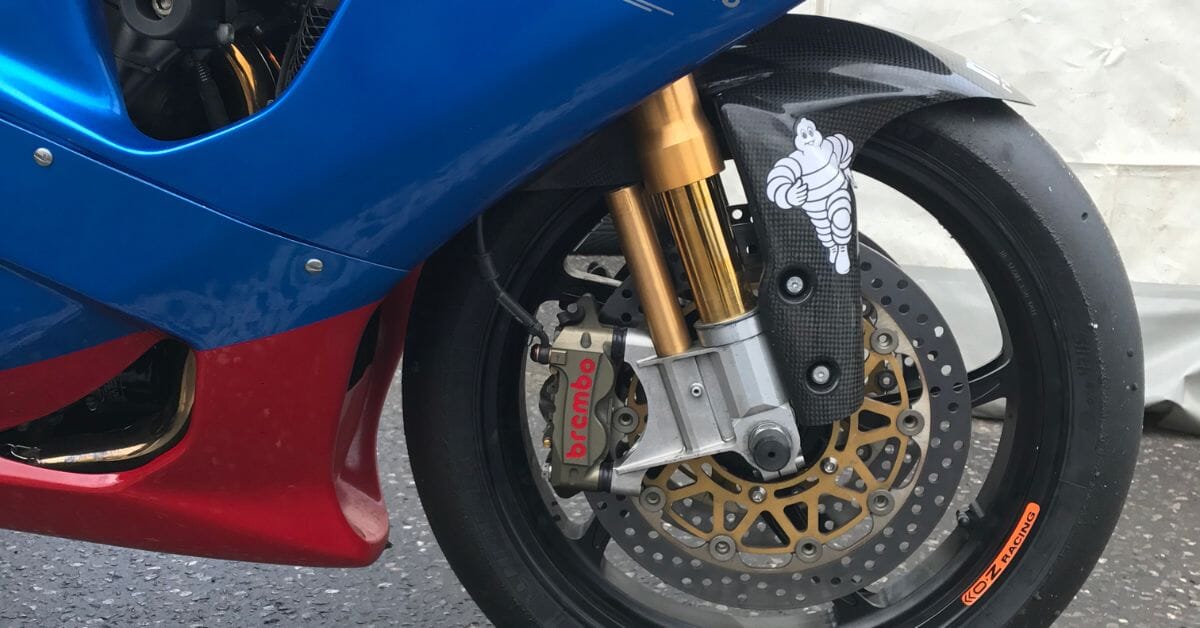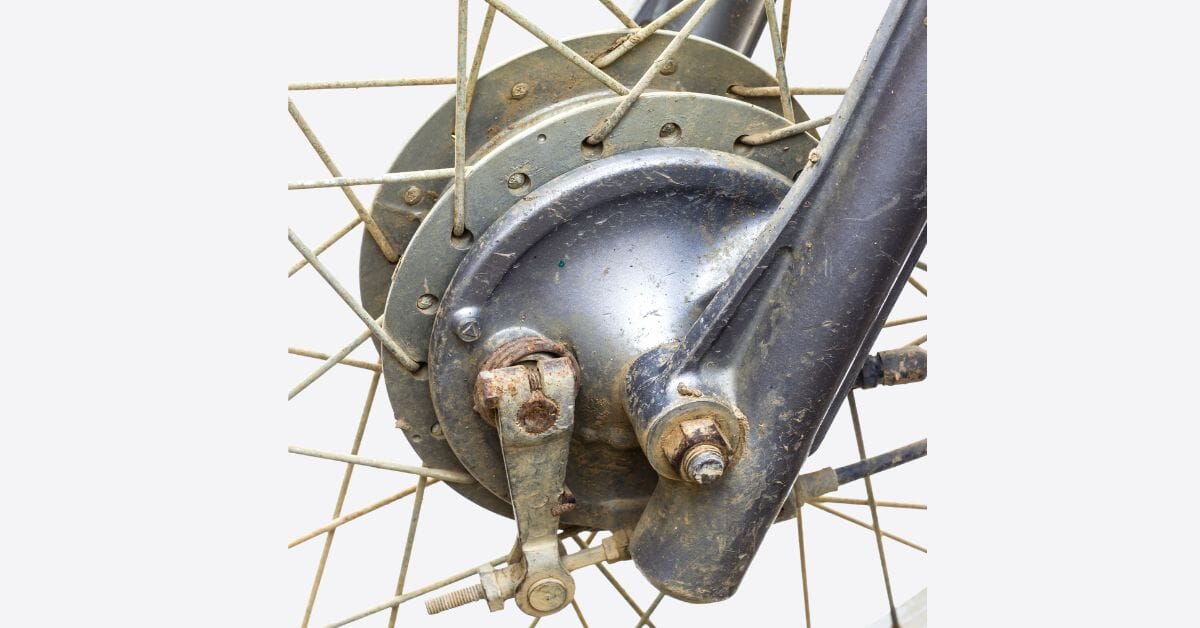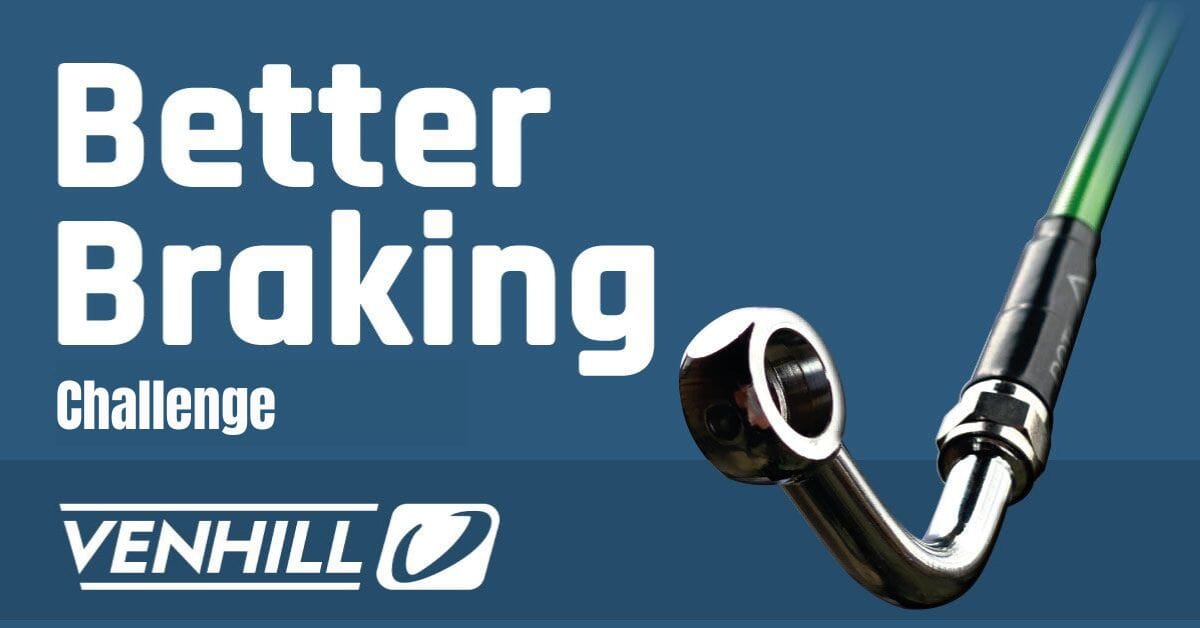Beginner’s Guide To Brake Fittings | Venhill Motorcycle Brakes

The Motorcycle Disc Brake System: Explained
Disc brakes are the dominant braking system on motorcycles today. First seen on cars in 1902, they didn't enter mass production until the 1950s. Lambretta introduced them for scooters in 1965 and the Honda CB750 of 1969 was the first mass-produced motorcycle with a disc brake. The basic principle behind them, however, was discovered by Blaise Pascal way back in the 17th century!
How Pascal's Law makes your Disc Brake work
Pascal's law states that pressure applied to a confined fluid gets transmitted throughout the fluid. This is what happens in a disc brake system:
-
You squeeze the brake lever or press the pedal.
-
This pushes a piston in the master cylinder.
-
The master cylinder compresses brake fluid.
-
The pressurised fluid travels through hoses to the brake calliper.
-
The calliper pistons push the brake pads against the disc, which spins with the wheel.
-
Friction between the pads and disc slows the wheel down.
Understanding the Motorcycle Brake Parts
-
Brake Lever & Master Cylinder: When you brake, this lever translates your hand or foot force into hydraulic pressure. The master cylinder holds brake fluid and creates the pressure that pushes the brake pads.
-
Brake Hoses: These flexible hoses connect the master cylinder to the calipers and carry the brake fluid.
-
Calipers: These clamp the brake pads around the disc. They are typically made of lightweight aluminum and may have multiple pistons for stronger braking.
-
Brake Pads: These make contact with the disc to create friction. They come in different materials suited for various riding conditions.
-
Discs: These are the spinning rotors that the pads clamp onto. They can be solid, drilled/slotted for better cooling, or even wavy for improved performance.
Older Drum Brakes

Drum brakes were commonly fitted to motorcycles from the 1920s until the 1980s. During the 1970s and 80s some bikes had a disc front brake and drum at the rear. These have enclosed drums that house the braking components. When the lever is pulled, or the pedal is pressed, the brake shoes are pushed against the inside of the drum, causing the wheel to slow down. A cable (at the front) or rod (at the rear) connects the lever/pedal to an arm outside the brake drum. While simpler, they are less efficient at cooling and more prone to overheating compared to disc brakes.
In Conclusion
Disc brakes offer superior performance and are the go-to braking system for modern motorcycles. Understanding how they work and the different components involved can help you maintain your brakes and ensure safe riding.
Venhill produce replacement hydraulic brake hoses and brake cables for most popular makes and model of motorcycle. Made to a high standard in our UK factory, you can search for parts to fit your bike using the online Part Finder.



